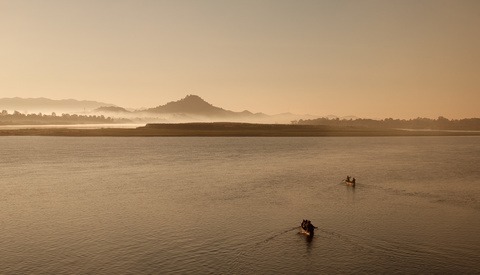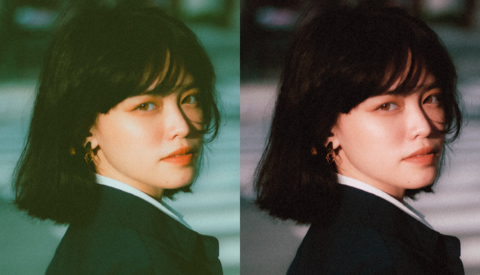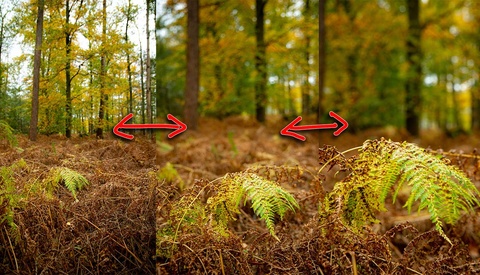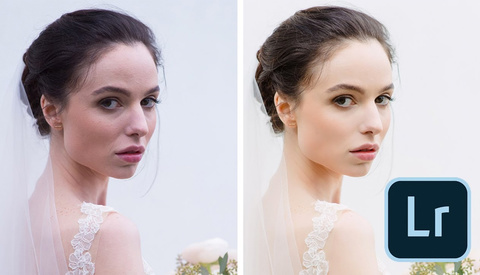We often aim to capture great expressions when cueing and posing subjects, but we sometimes overlook basic elements that may distract our viewers. In particular, natural pointers like our arms, hands, fingers, legs, and feet command a strong presence within images, but we don’t always recognize the power of their presence in the moment. While we surrender some control during truly candid moments, we should make every part of an image purposeful and keep natural pointers in check when posing.
It's important to remember that we are here to analyze and understand, but not be overly critical. While these tips/techniques are great in understanding the visual weight and posing elements within an image, they are not reasons to throw out what would otherwise be a great photograph.








![Three Easy Ways To Drive New Followers To Your Instagram For Free [Instagram Tips: Part 1]](https://cdn.fstoppers.com/styles/med-16-9/s3/lead/2017/01/three_easy_ways_how_to_increase_your_instagram_following.jpg)








































